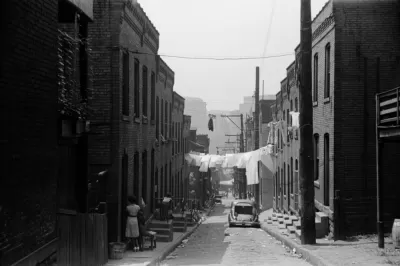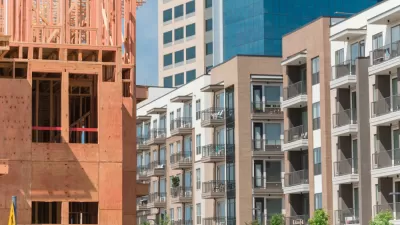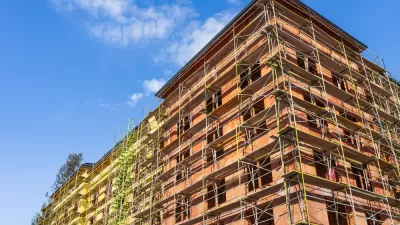A new journal article calls out the academic community of planning and urbanism for relying too much on the usual suspects when researching marginalization and inequality, and assuming too much about what makes a neighborhood "normal."

Junia Howell, a sociology professor with the University of Pittsburgh and Kinder scholar, has published a recent article in the journal Sociology Compass that exposes the "the unstudied reference neighborhood" that could contribute to a more complete understanding of inequality and marginalization.
An article by Leah Binkovitz provides insight into the implications of the study:
After naming some of the landmark pieces of neighborhood-focused research that have helped shape urban policy for decades, Howell notes, "with few exceptions, neighborhood studies only examine a small slice of urban neighborhoods." Over the years, scholars have spent time in Italian 'slums,' Puerto Rican neighborhoods and majority black neighborhoods, Howell notes, but white, middle-class neighborhoods "are rarely studied in the literature."
Repeatedly associating specific neighborhoods with inequality and marginalization, "reinforces the notion that impoverished and marginalized communities are distinct and exist in stark juxtaposition to all other communities," says Howell in a quote from the article.
As a result, scholarship suffers, policy, and public discourse. Howell discusses the implications of the article in the video below, but Binkovitz also gives a lot more to think about in the sourced article.
FULL STORY: The Unstudied Neighborhood

Trump Administration Could Effectively End Housing Voucher Program
Federal officials are eyeing major cuts to the Section 8 program that helps millions of low-income households pay rent.

Planetizen Federal Action Tracker
A weekly monitor of how Trump’s orders and actions are impacting planners and planning in America.

Ken Jennings Launches Transit Web Series
The Jeopardy champ wants you to ride public transit.

Crime Continues to Drop on Philly, San Francisco Transit Systems
SEPTA and BART both saw significant declines in violent crime in the first quarter of 2025.

How South LA Green Spaces Power Community Health and Hope
Green spaces like South L.A. Wetlands Park are helping South Los Angeles residents promote healthy lifestyles, build community, and advocate for improvements that reflect local needs in historically underserved neighborhoods.

Sacramento Plans ‘Quick-Build’ Road Safety Projects
The city wants to accelerate small-scale safety improvements that use low-cost equipment to make an impact at dangerous intersections.
Urban Design for Planners 1: Software Tools
This six-course series explores essential urban design concepts using open source software and equips planners with the tools they need to participate fully in the urban design process.
Planning for Universal Design
Learn the tools for implementing Universal Design in planning regulations.
Heyer Gruel & Associates PA
Ada County Highway District
Institute for Housing and Urban Development Studies (IHS)
City of Grandview
Harvard GSD Executive Education
Toledo-Lucas County Plan Commissions
Salt Lake City
NYU Wagner Graduate School of Public Service





























